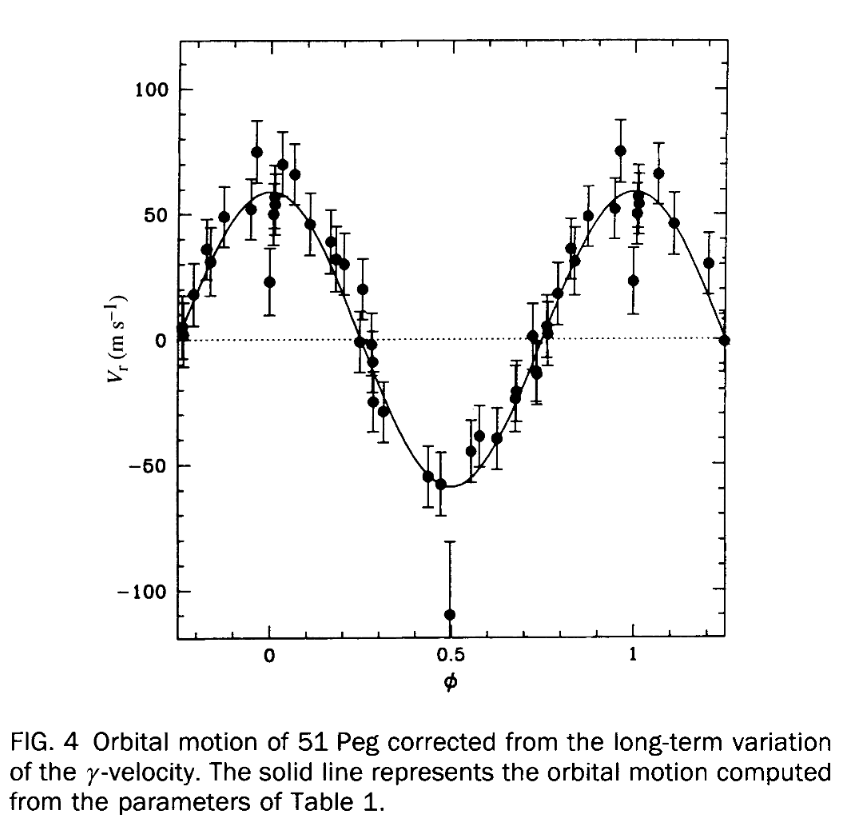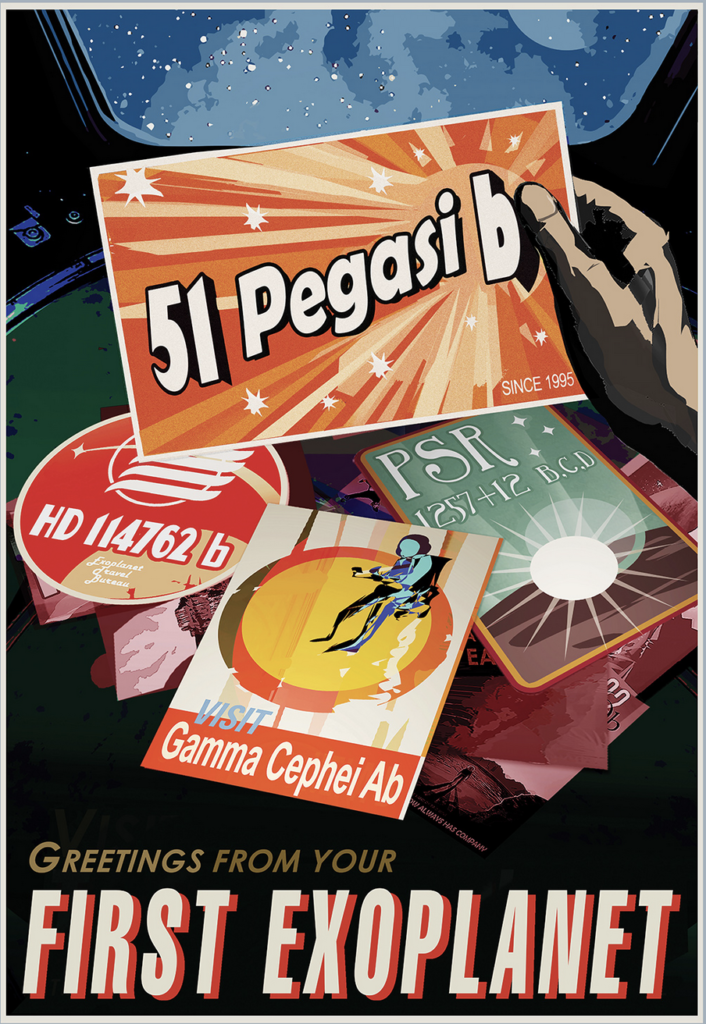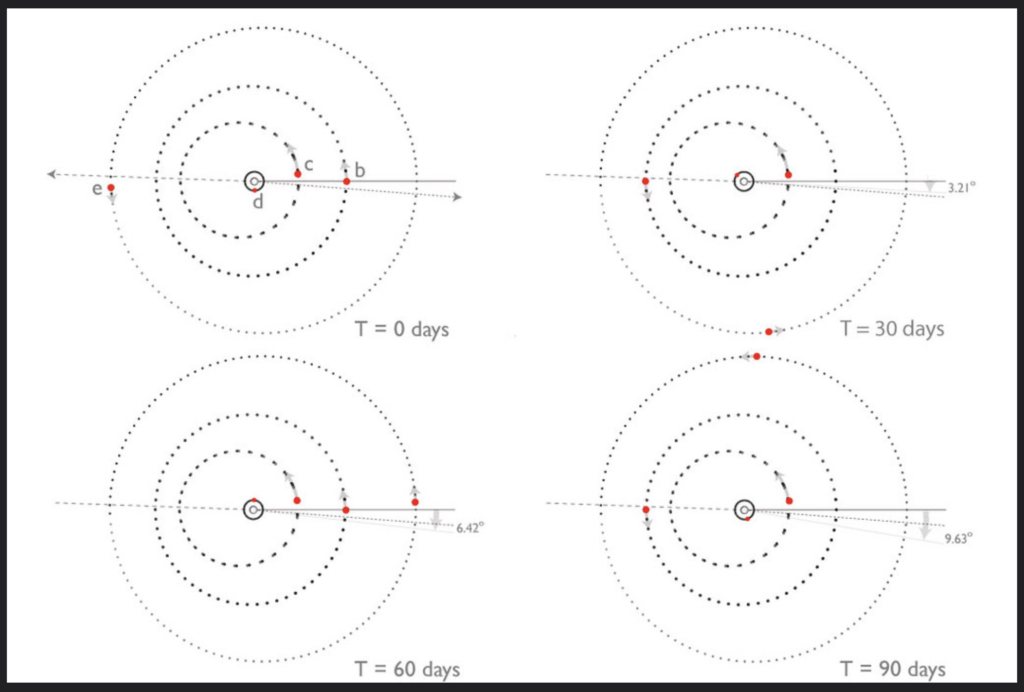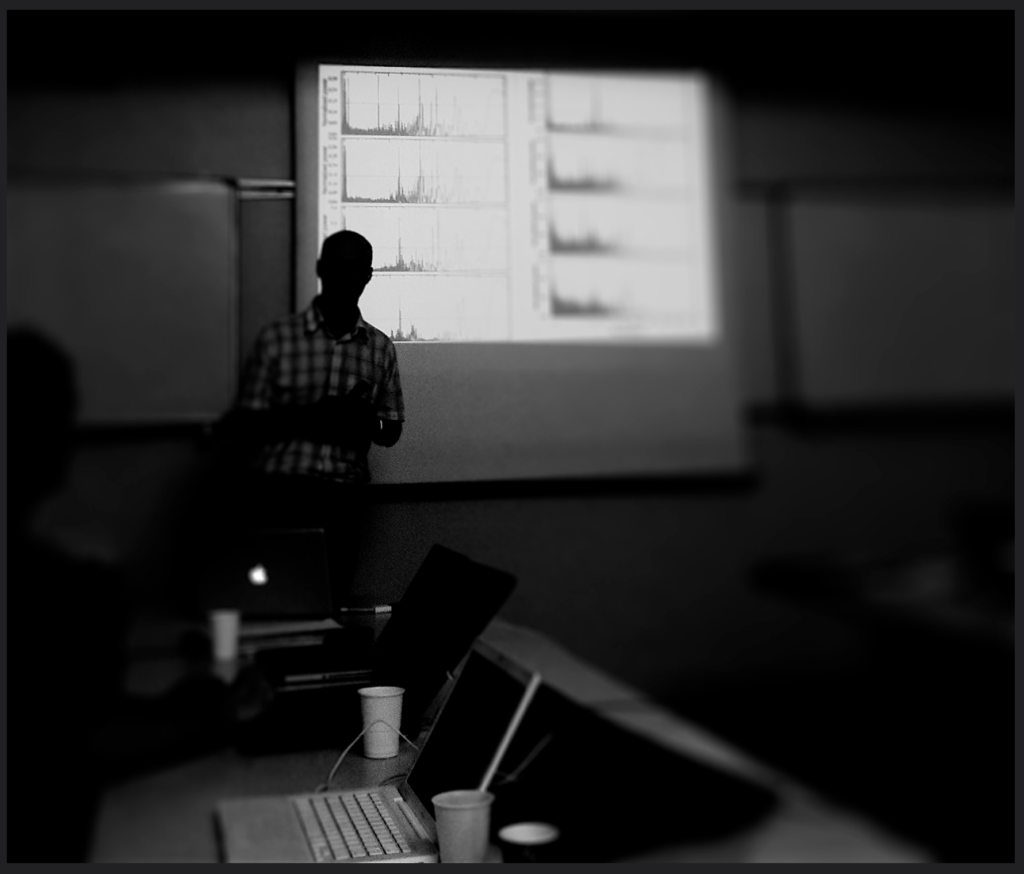
The cover of the 2021 Astronomy Decadal Report contains an artist’s impression of blue-marble Earth-like planet. Inside the report are calls for billions to be spent to search for life on far-distant worlds.
The exoplanets didn’t get their start in the realm of “big science”. The breakthrough, the discovery of 51 Pegasi b, was made from a lesser mountain-top with a second-tier telescope, and it arrived at order 100-sigma significance. Events unfolded as they did because of the theoretical preconception that planetary systems would look like our own. Hot Jupiters slid under the radar for many years during which Doppler precision was good enough to detect them.
At present, we’re proceeding with theoretical preconceptions regarding the abundant presence of blue marbles, “habitability”, and […]
At any rate, the decade from 2001 to 2010 marked the exoplanets’ gradual transition into the high-dollar regime, and culminated with the cool half-billion spent on Kepler and the vast catalog of transiting planets and multi-transiting planetary systems that are known today. Peas-in-pods. Atmospheric molecules from JWST. Imperceptibly, the the crinkly Doppler RV plots of the first rush of exoplanets have eased into a firmament of retro travel-themed posters.

2010 was arguably the last year for Doppler’s ancien régime. Looking through old files, I came across fragments of a photo-essay that I put together at that time.



The dynamics of the resonant argument are analogous to those of a lightly driven double pendulum. During the past 5 billion years, the total amplitude of the “swing” has random walked to 40 degrees. In another 20 billion years or so, the libration width will grow to 180 degrees, the resonant lock will be broken, and the system will go haywire. The red dwarf parent star, however, will stay calm in the face of familial disaster. It’s set to last for close to a trillion years before exhausting its hydrogen and evolving into a helium white dwarf.
The only other known example of a Laplace resonance is exhibited by Io, Europa and Ganymede. In the Jovian system, tidal dissipation has damped the amplitude of the “pendulum” swing to a tiny 0.064 degrees.




